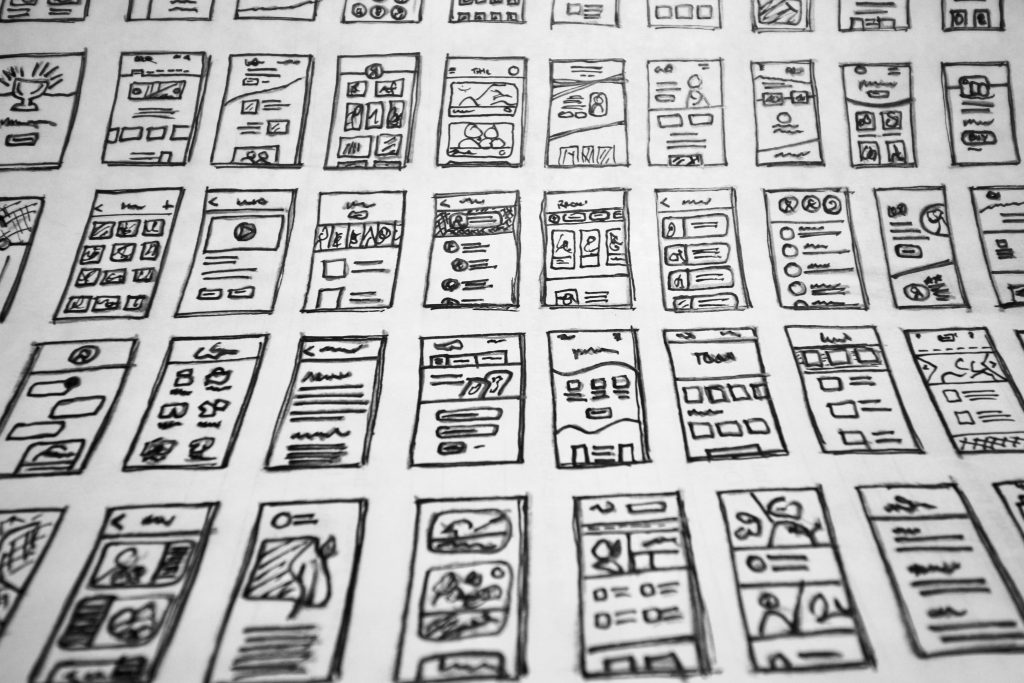The very first interaction between an organisation and a potential hire is through the career page. The more conversions you have from visits on the career page, the more diverse your candidate pool will be.
Examples of inclusive careers page
For example, the careers page can use pictures to highlight features of the inclusive environment. These include Diversity and Inclusion initiatives, special arrangements for differently-abled candidates and sensitisation or awareness training.
In addition, testimonials from minority groups speaking of their experience can help attract diverse candidates.
To ensure leaving a good first impression, organisations could follow inclusive website design. Especially for their career page, making it easily accessible to diverse individuals. An inclusive web design takes into consideration cognitive and physical disabilities. It also checks whether the user is able to perform basic web tasks.
For instance, people with hearing and visual impairment are not capable of performing those tasks on a website.
We all know that one size does not fit all. Hence, it is a good practice for companies to incorporate different perspectives, be it specially-abled people or otherwise. Diverse users in website development can answer questions on how to make the user experience valuable and equitable for everyone.
We can safely assume that using a combination of reading, visual learning and contextualisation will gain more traction.
Here are a few suggestions you can leverage to make your career page more inclusive
- Provide a clear, concise and understandable anchor text for the screen readers
- Make the website user-friendly, by including a section where job seekers can search for available roles by location and job-type
- Ensure that page layout is easy to follow. Add a few useful images to aid understanding rather than large amounts of text
- Leverage dynamic technological advances such as installing a chatbot on the site so that candidates can get their questions answered immediately
- Show your commitment towards diversity, equity and inclusion by highlighting key current statistics such as ethnicity and other demographics representation at your organisation
- Highlight the importance your organisation places on employees’ work-life balance and other inclusive benefits for potential candidates
- Post videos where employees’ share their perspectives about why your organization is a good place to work at
- Make the career page more authentic by having real-life quotes from current employees on what it is like to work at the organisation
- If yours is a global company, consider personalizing your career landing pages by adapting to the candidates’ regions
*Read our Inclusion Handbook for more information on how to build an inclusive career website.
About the Author and Serein
Nikita Agnihotri is Industrial/Organizational Psychologist with two Masters’ degrees specializing in Psychology from India and New York. She is a researcher with almost 3 and half years of experience in both academic and applied research settings. Reading about why some people feel they are not valued, or that they do not belong in their own organization, paved her way in the field of diversity and inclusion. She successfully defended her thesis on how organization-based self-esteem impacts voice behavior amongst employees at corporate workplaces. She has been involved in a variety of projects in applied psychometry area, from conducting criterion validation analyses for competency scales, using classical test theory for item analyses to developing items, writing white papers, creating marketing factsheets and assessing psychometric properties of a diagnostic tool for inclusion at workplaces. Working as a Research Fellow at Catalyst Inc., New York, she contributed in the development of an online inclusion survey for corporates. She is a self-aware individual who has the potential to adapt to change, embrace it and work effectively in a team with culturally distinct individuals. She is passionate about applying her knowledge in improving selection systems by broadening the criteria used for selection decisions and following an evidence-based approach.
At Serein we believe that diversity and inclusion are the pillars of a good society. Issues of inclusion, diversity, unconscious bias and mental health can affect home and the workplace in many ways.
Having worked on gender and with many other forms of diversity we have come to realise that an empathetic approach to all builds inclusion. It also builds a trusting environment in society as well as the workplace. If you would like to learn more about diversity and inclusion, inclusive leadership or how to speak about empathy, emotional/mental health issues or conduct gender, diversity and inclusion, unconscious bias, mental wellbeing trainings in the workplace, do drop us a line at hello@serein.in


